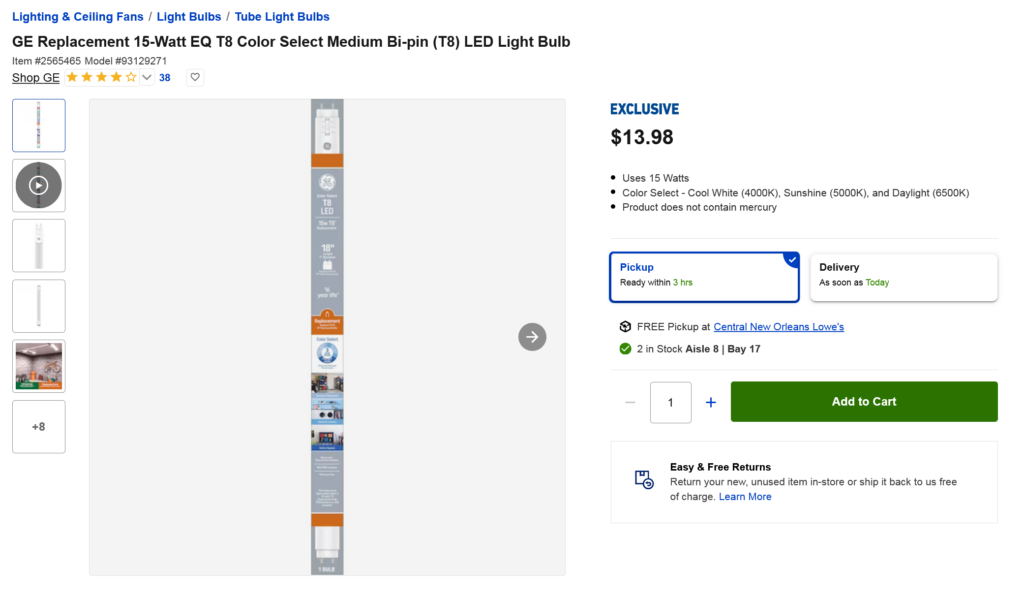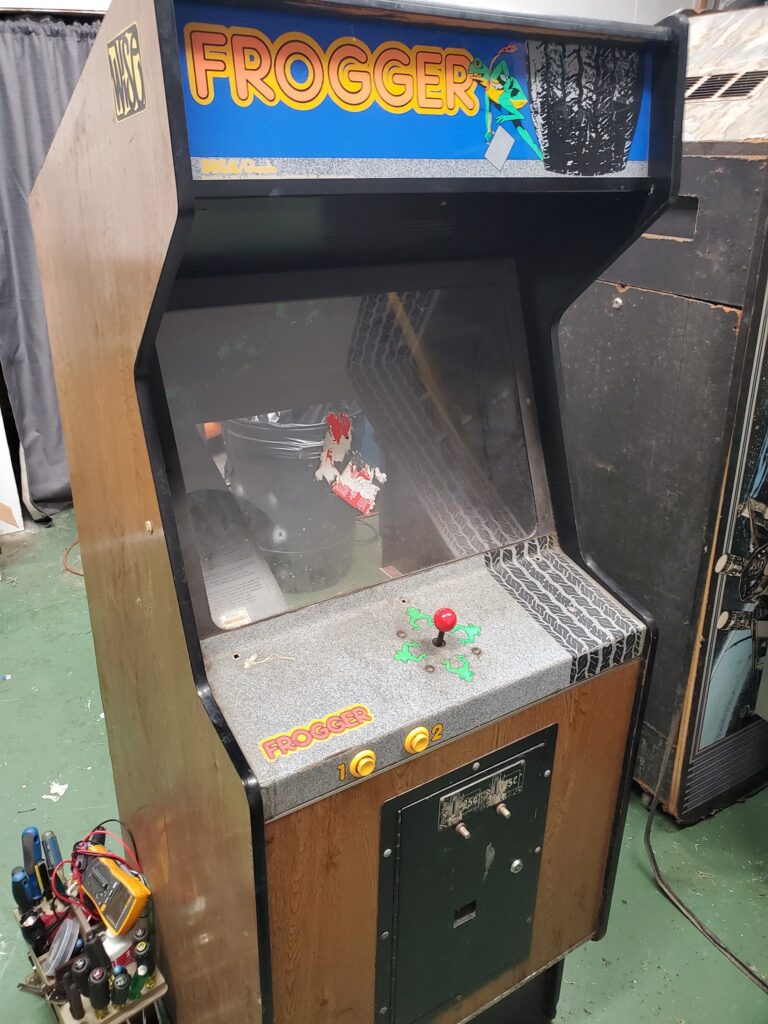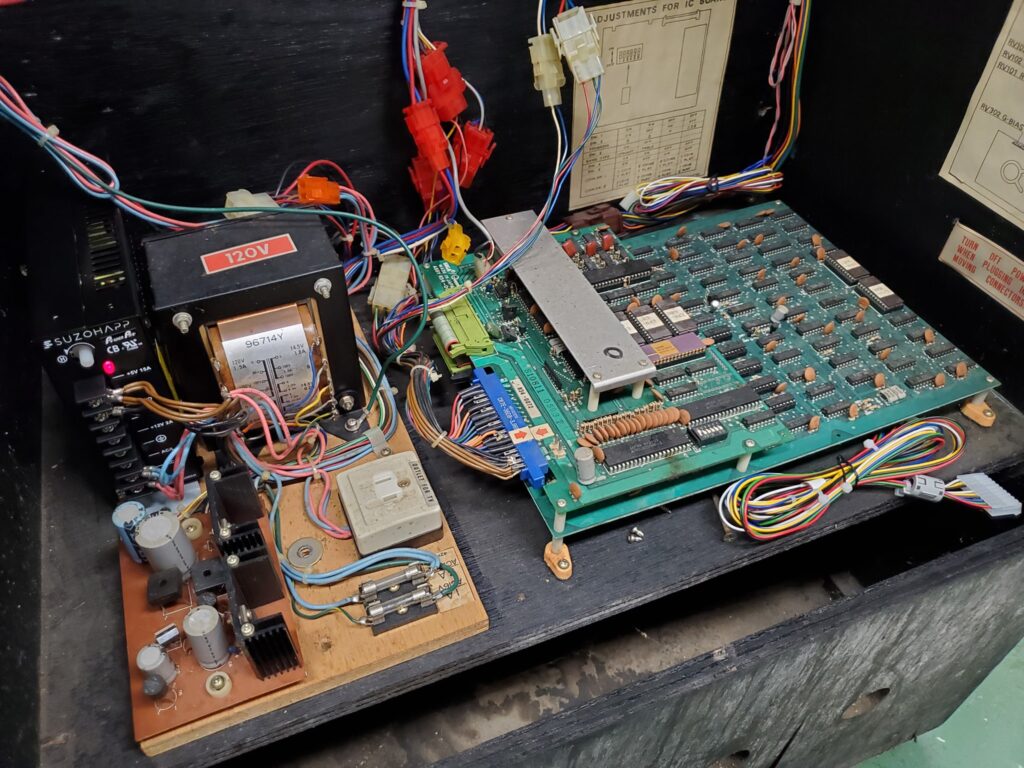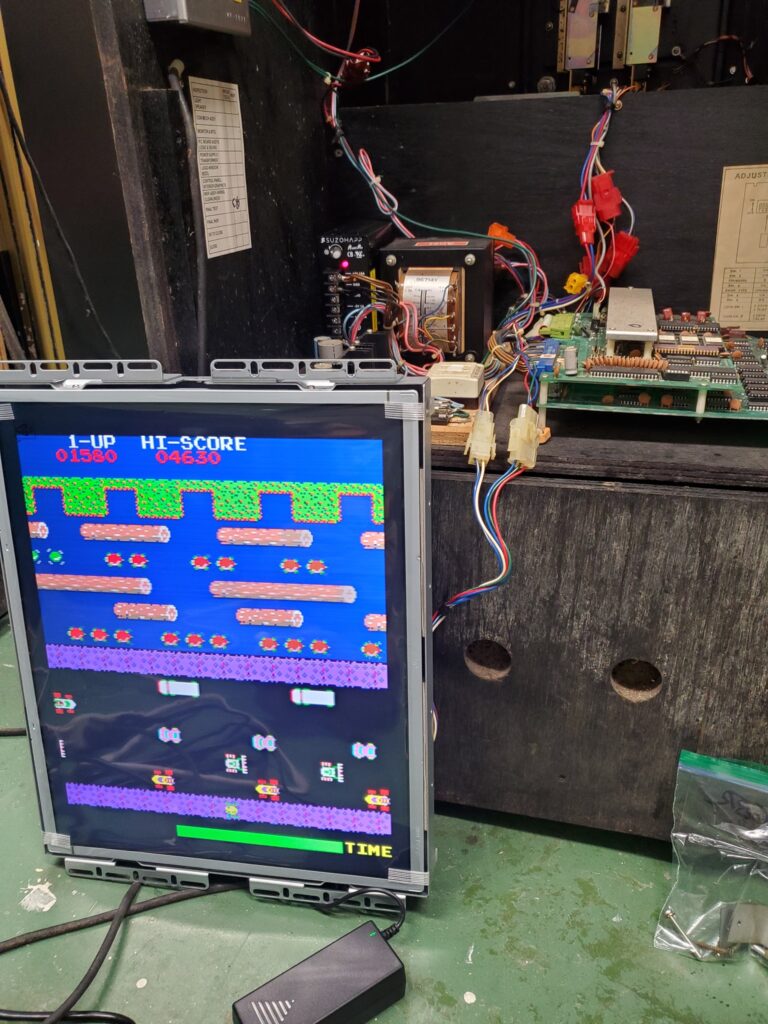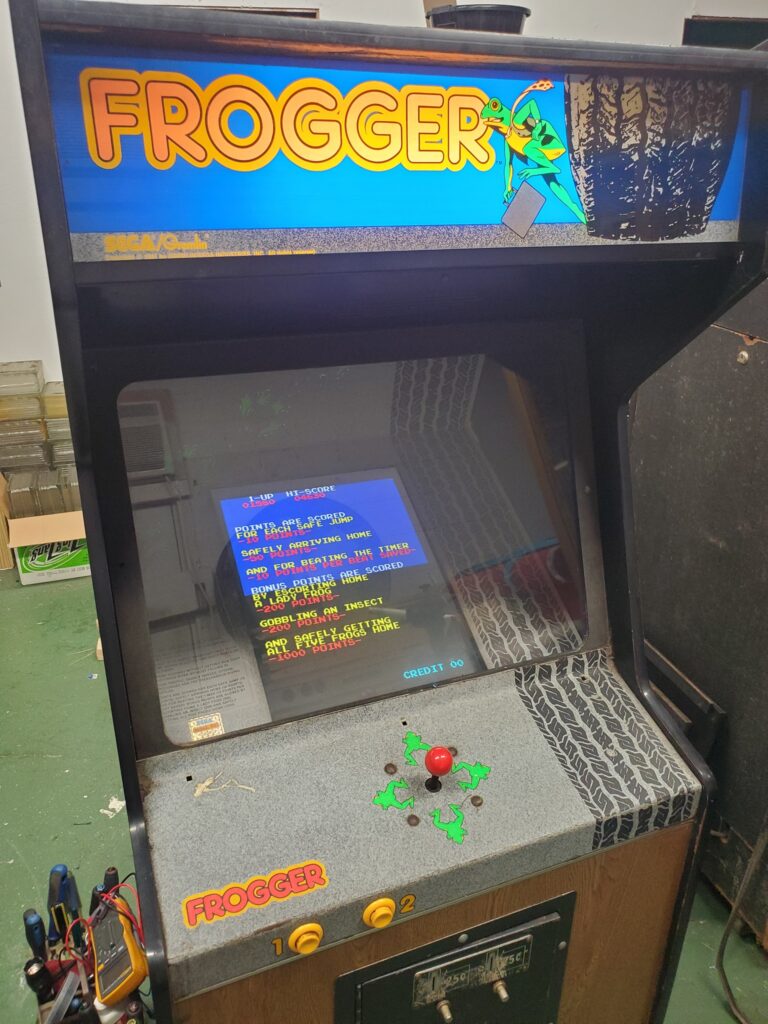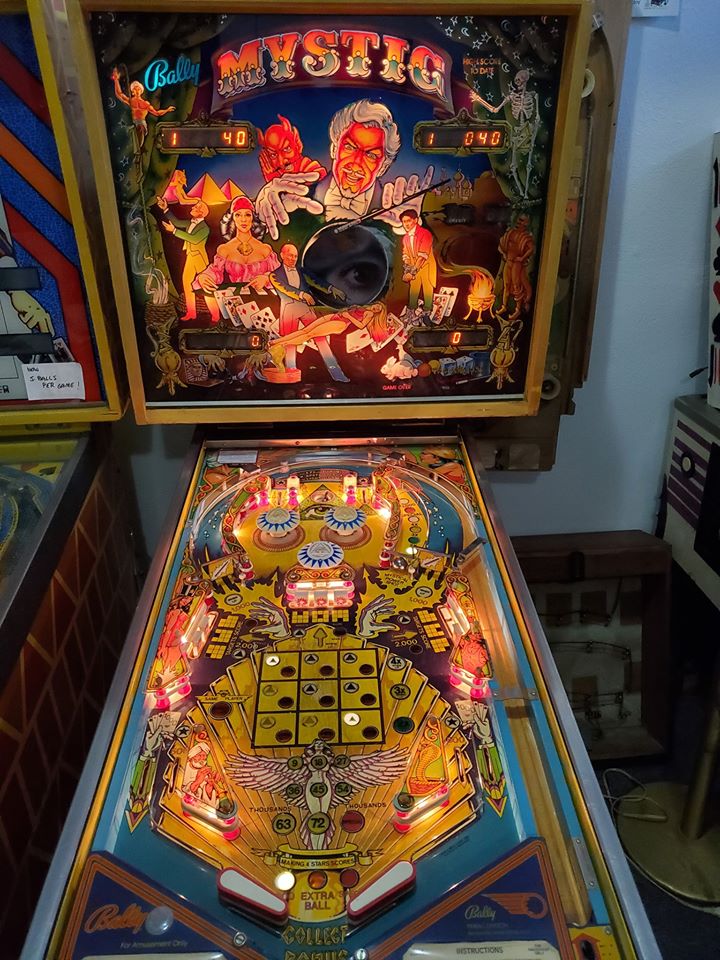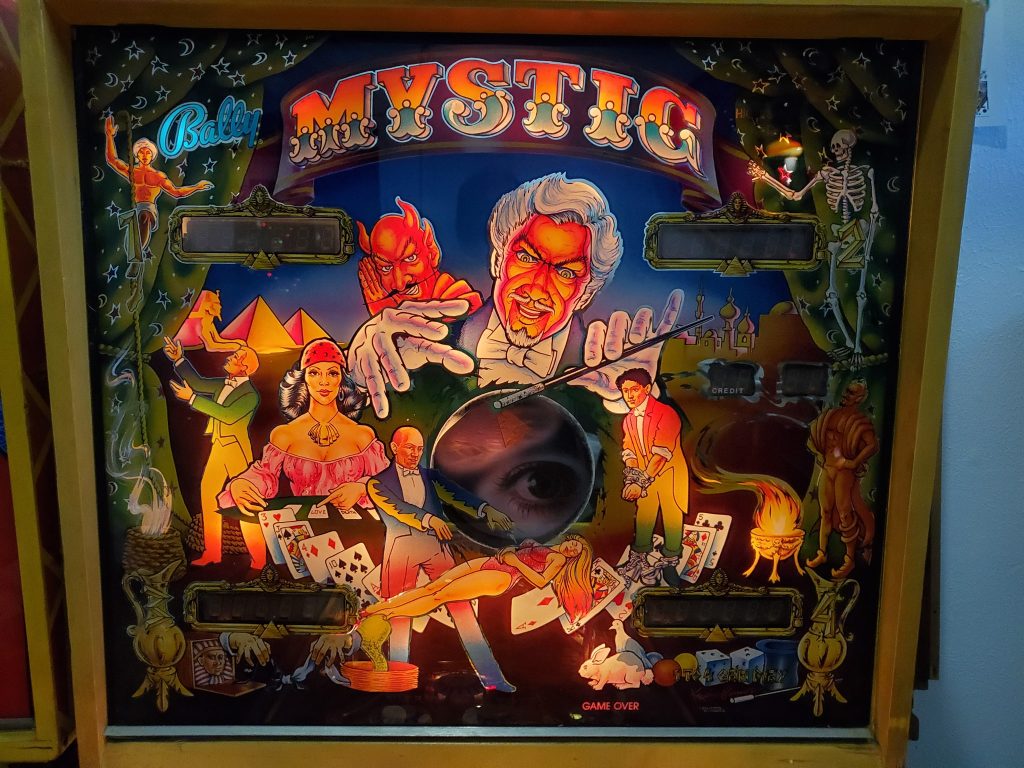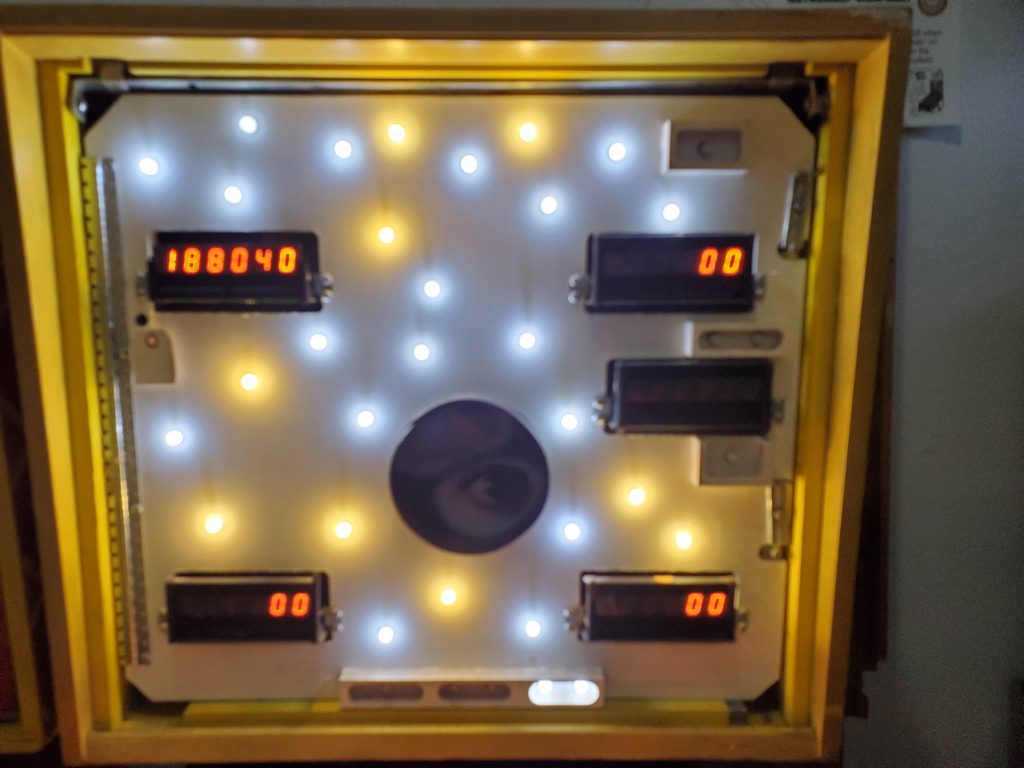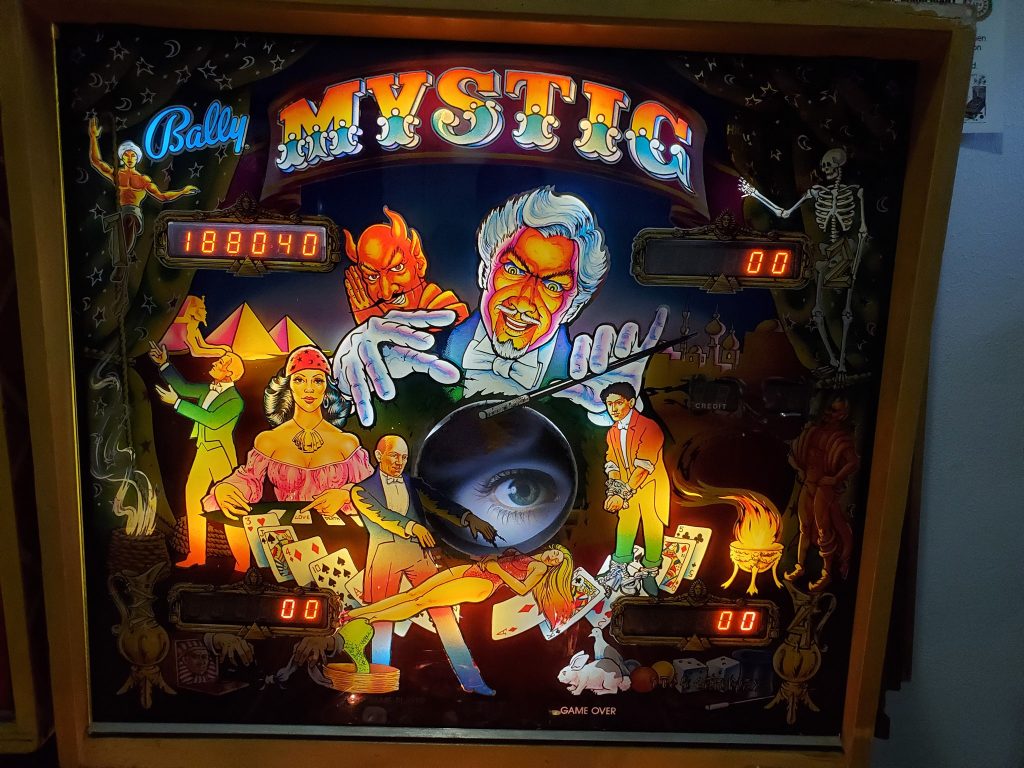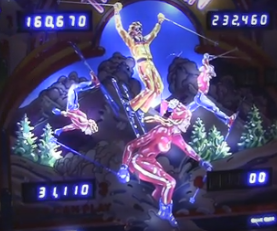As work continues repairing this Frogger video arcade, I was planning to do a video on retrofitting the 18″ T8 fluorescent bulb that lights the marquee with an LED (and removing the ballast wiring) which is also used on some pinball machines from the 2000s, I discovered an even better lighting option you can probably find at your local Lowes. Check it out.
Here is the bulb in question:
